Measuring Mass in the Laboratory
Overview
The analytical balance is the common piece of equipment in the scientific laboratory. These highly precise instruments can measure down to ten thousandths or even hundred thousandths of a gram. The triple beam balance is a type of scale that uses counterweights on a three rider beams to counterbalance the sample in the pan. On the other hand, modern analytical balances use a complex system of electronic sensors to accurately mass a substance. The analytical balance is so sensitive that it often has a draft shield to prevent air currents from interfering with the measurement. When weighing, a weigh boat or weigh paper is used to hold the substance being weighed and protect the weighing pan. Before weighing a substance, analytical balances are tarred to subtract the weigh boat or weigh paper and re-zero the scale. Tarring refers to setting the scale back to read zero and allows for a substance to be accurately weighed. Aside from weighing chemical substances, analytical balances are used to animals or insects, and centrifuge tubes in ultracentrifugation experiments.
Procedure
The analytical balance and scale can be found in most, if not at all, scientific laboratories. These highly precise instruments allow scientists to accurately measure the mass a variety of substances. These balances can come in a variety of different types. The analytical balance is the most commonly used in scientific laboratories.
Early analytical balances were purely mechanical and used balance beams. Not that type of balance beam, silly.
They used mechanical balances, such as
Skip to...
Videos from this collection:
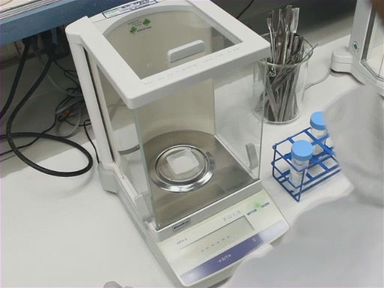
Now Playing
Measuring Mass in the Laboratory
General Laboratory Techniques
171.3K Views
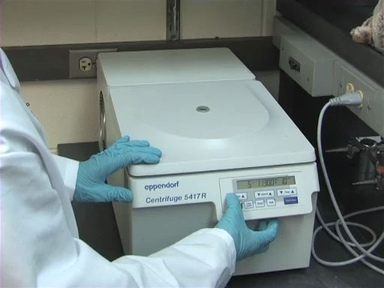
An Introduction to the Centrifuge
General Laboratory Techniques
489.6K Views
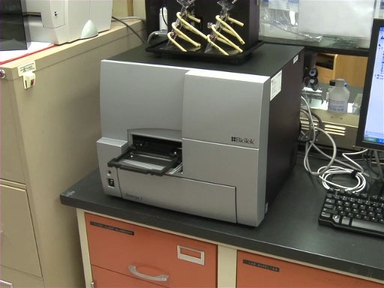
Introduction to the Microplate Reader
General Laboratory Techniques
127.6K Views
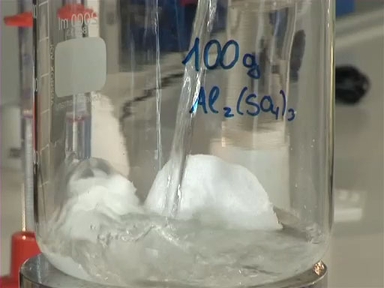
Understanding Concentration and Measuring Volumes
General Laboratory Techniques
216.4K Views
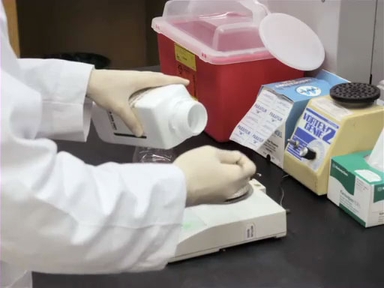
Making Solutions in the Laboratory
General Laboratory Techniques
212.0K Views
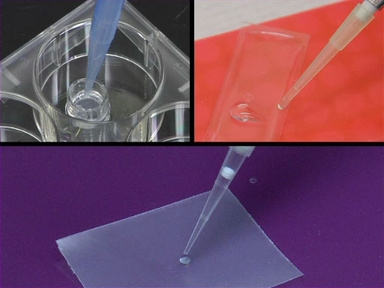
An Introduction to the Micropipettor
General Laboratory Techniques
588.0K Views
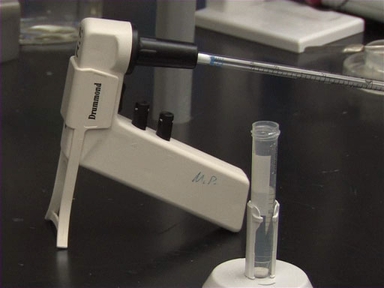
Introduction to Serological Pipettes and Pipettors
General Laboratory Techniques
219.7K Views
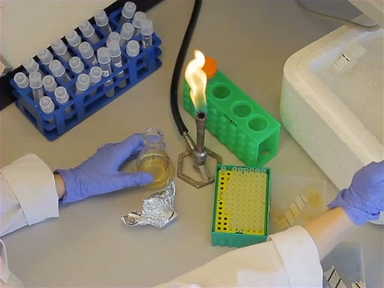
Introduction to the Bunsen Burner
General Laboratory Techniques
207.9K Views
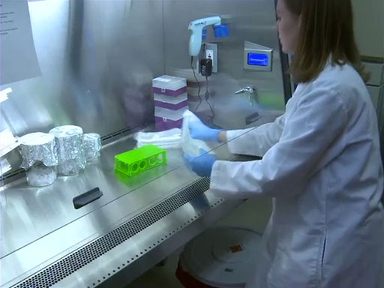
An Introduction to Working in the Hood
General Laboratory Techniques
151.8K Views
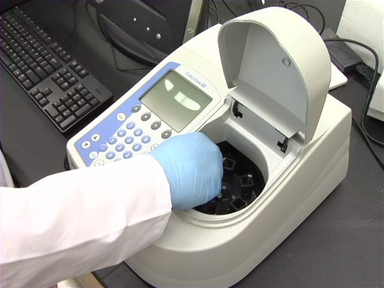
Introduction to the Spectrophotometer
General Laboratory Techniques
519.8K Views
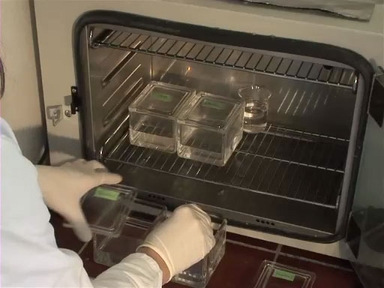
Histological Sample Preparation for Light Microscopy
General Laboratory Techniques
241.1K Views
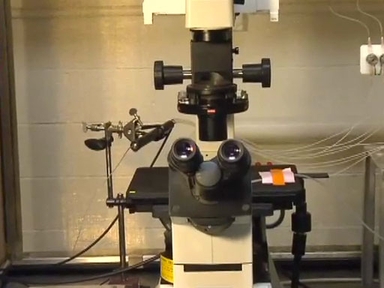
Introduction to Fluorescence Microscopy
General Laboratory Techniques
350.5K Views
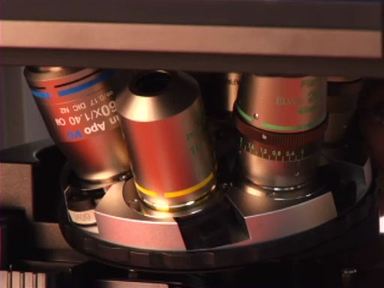
Introduction to Light Microscopy
General Laboratory Techniques
816.6K Views

Regulating Temperature in the Lab: Preserving Samples Using Cold
General Laboratory Techniques
65.8K Views
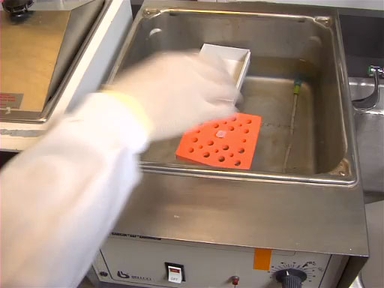
Regulating Temperature in the Lab: Applying Heat
General Laboratory Techniques
81.5K Views
Copyright © 2025 MyJoVE Corporation. All rights reserved